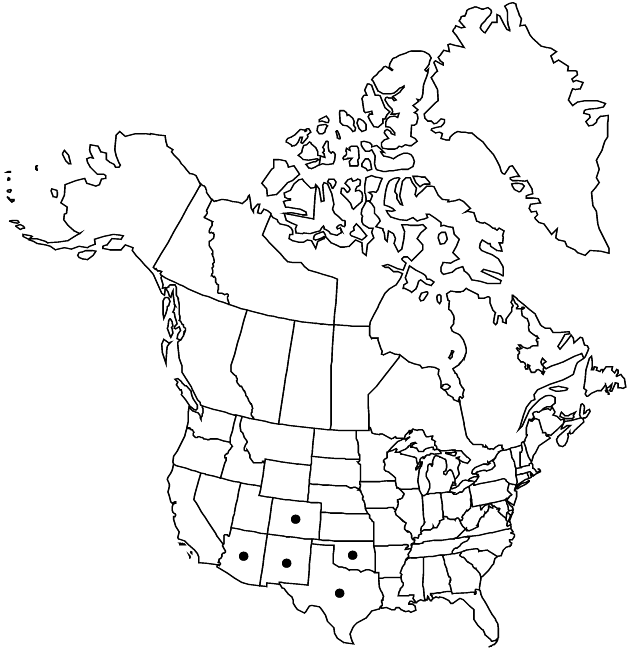Difference between revisions of "Bidens bigelovii"
in W. H. Emory, Rep. U.S. Mex. Bound. 2(1): 91. 1859.
FNA>Volume Importer |
FNA>Volume Importer |
||
| Line 31: | Line 31: | ||
-->{{#Taxon: | -->{{#Taxon: | ||
name=Bidens bigelovii | name=Bidens bigelovii | ||
| − | |||
|authority=A. Gray in W. H. Emory | |authority=A. Gray in W. H. Emory | ||
|rank=species | |rank=species | ||
| Line 46: | Line 45: | ||
|publication year=1859 | |publication year=1859 | ||
|special status= | |special status= | ||
| − | |source xml=https://jpend@bitbucket.org/aafc-mbb/fna-data-curation.git/src/ | + | |source xml=https://jpend@bitbucket.org/aafc-mbb/fna-data-curation.git/src/eaa6e58056e40c9ef614d8f47aea294977a1a5e9/coarse_grained_fna_xml/V19-20-21/V21_511.xml |
|tribe=Asteraceae tribe Heliantheae | |tribe=Asteraceae tribe Heliantheae | ||
|subtribe=Asteraceae (tribe Heliantheae) subtribe Coreopsidinae | |subtribe=Asteraceae (tribe Heliantheae) subtribe Coreopsidinae | ||
Revision as of 19:37, 16 December 2019
Annuals, (10–)20–80+ cm. Leaves: petioles 5–25 mm; blades rounded-deltate overall, 25–90+ × 15–35+ mm, (1–)2(–3)-pinnatisect, ultimate lobes lance-rhombic or ovate to lanceolate, 15–30(–50+) × 5–15(–30+) mm, bases truncate to cuneate, ultimate margins entire or ± serrate to incised, usually ciliolate, apices obtuse to acuminate, faces glabrous. Heads usually borne singly, sometimes in open, ± corymbiform arrays. Peduncles (10–)30–50(–150+) mm. Calyculi of 8–13 usually spreading, narrowly lanceolate, oblanceolate, or subulate to linear bractlets 2–5 mm, margins entire, usually ciliate, abaxial faces usually glabrous. Involucres ± campanulate, 2.5–5+ × 1.5–3(–4) mm. Phyllaries 8–13+, lanceolate, (3–)4–6+ mm. Ray florets 0 or 1(–5+); laminae whitish, 1–3(–7) mm. Disc florets 13–25+; corollas yellowish, 1–2 mm. Cypselae: outer red-brown, obcompressed, cuneate, 6–7 mm, margins not ciliate, apices truncate, faces 2-grooved, antrorsely tuberculate-hirtellous; inner dark brown to blackish, ± equally 4-angled, linear-fusiform, 10–14 mm, margins not ciliate, apices ± attenuate, faces glabrous; pappi of 2(–3), erect, retrorsely barbed awns (1–)2–4 mm.
Phenology: Flowering Sep.
Habitat: Along streams, other wettish sites
Elevation: 900–2000 m
Distribution

Ariz., Colo., N.Mex., Okla., Tex., Mexico.
Discussion
Selected References
None.